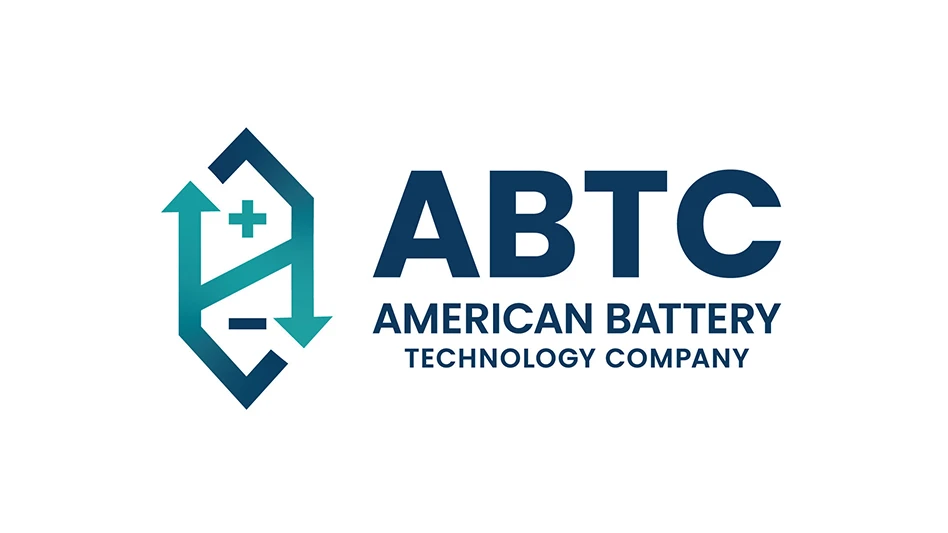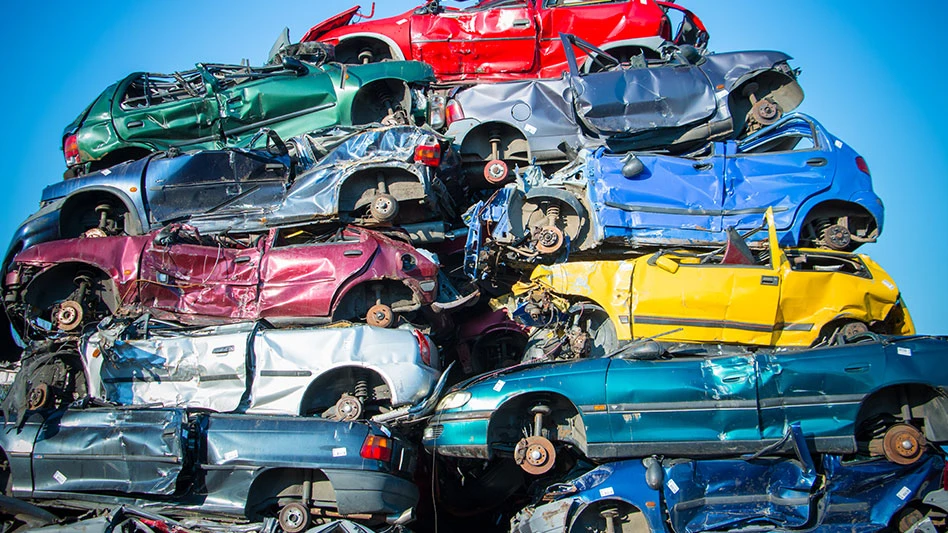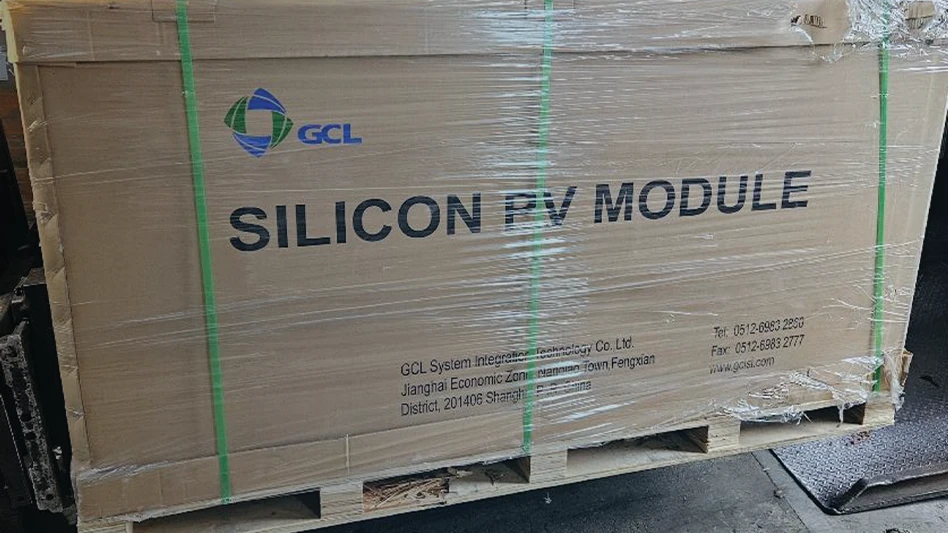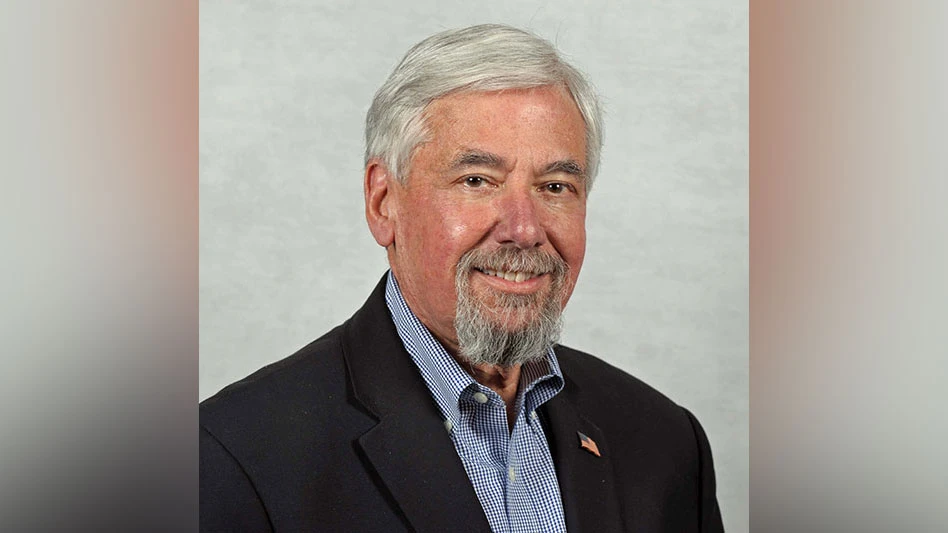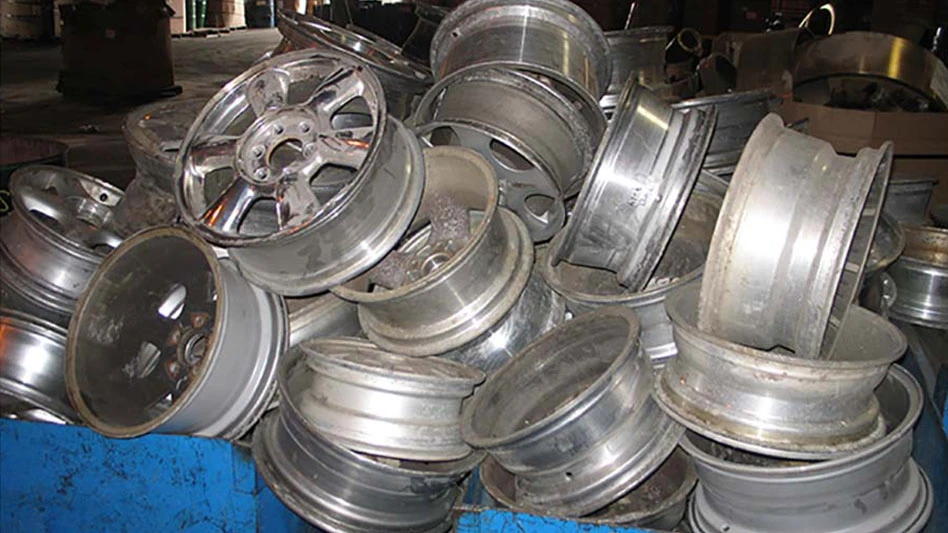
Photo courtesy of Camston Wrather

Camston Wrather bills itself as an innovator aiming to provide solutions for electronics recycling and circularity. The Carlsbad, California-based company, co-founded in 2014 by Chief Innovation Officer Aaron Kamenash, has developed what it describes as “advanced particle separation techniques” to recover plastics and metals from printed circuit boards (PCBs) for recycling, providing a “circular solution for turning enterprises’ electronic waste to recycled minerals and metals from one provider.”
Engineering by Kamenash, who studied aerospace and nuclear engineering at Penn State University, has enabled the technology Camston Wrather employs.
The company’s executive team includes many electronics recycling industry veterans, including Chief Operating Officer Jason Price, formerly with Sims Recycling Solutions, TwoRivers ITAD Solutions and Synergy Electronics Recycling; strategic consultant Renee St. Denis, who previously headed up recycling for consumer electronics brands Apple and HP; Executive Vice President of Recycling and Trading Fernando Alvarado, founder of Stream Recycling Solutions, which Camston Wrather acquired in 2018; Director of Business Development and Enterprise Sales Jason Abbott, who previously was with Verizon and T-Mobile; and Darrell Stoecklin, executive vice president of finance and accounting, previously with Sims Lifecycle Services.

From traditional to urban mines
Kamenash says the company’s other co-founder, the late Mark Evans, grew up near an iron ore mining site in California and had access to the tailings. He tasked Kamenash, who then was working in banking, with figuring out the technology needed to extract the gold from the tailings.
As the two men developed what he calls their “green chemistry” for the mining industry, they became aware of issues created by the growing stream of end-of-life electronics. They saw an opportunity to apply their technology to that material stream, Kamenash says, adding that the amount of gold in a ton of end-of-life electronics is greater than the yield from 1 ton of ore.
“There’s a treasure trove here of stuff we can reclaim and keep in the country,” he says, creating “green metals that can be reused again and again.”
Since its founding, Camston Wrather has been focused on building a “better mousetrap” to process these materials, Kamenash says, finding companies and vendors that could supply equipment that would work in the process, in some cases with adaptations developed by Camston Wrather.
The company recently completed the buildout and commissioning of its next-generation PCB processing plant in Carlsbad. This 115,000-square-foot plant is where Camston Wrather physically separates the metals and plastics from PCBs that are recovered from end-of-life electronics.
The front of the plant features size-reduction equipment. “The shredding system we use, it’s a little more of an advanced shredding system,” Kamenash says, noting it allows the company to downsize material in a way that allows it to remove material it doesn’t want to process further “because it doesn’t have more intrinsic value later on.”
He says of that material, “It’s really already a commodity ready to sell at that point, and there’s no sense in going any further with it.”
The company’s goal is to recover the copper and precious and “technology” metals contained in the shredded material, Kamenash says. “And to do that, we have to go further in the separation process where we bring it down even further [in size] and then separate it.”
Regarding the company’s PCB recycling process, Kamenash says, “It’s really just size reduction through several steps, and then a separation [process] using only water. That’s a traditional mining technique that actually separates out the polymers and plastics from the metals.”
Camston Wrather is reducing the metals in the PCBs in size until they become a powder. Copper, other nonferrous metals and precious metals are segregated together, while ferrous metals, rare earths and technology metals, such as cobalt and nickel, are in a separate bucket that can then go on to proper refining, Kamenash says. The nonferrous concentrate has a coppery color, while the ferrous-based one is darker and more silvery in color.
Camston Wrather processes 50,000 to 60,000 pounds of PCBs per day in Carlsbad operating 14 hours per day and five days per week, with a goal of processing roughly 20 million pounds annually.

Taking it a step further
“The next thing we’ll be doing is, in addition to building more plants out that will do this type of process in different locations around the country, we are working to build our own purification plant for metals, like a refinery would, but ours is more of a melt situation where we don’t have to burn things off,” Kamenash says.
It will take the company up to two years to add that melting capacity, though he hesitates to mention where Camston Wrather is looking to site such a location other than it will not be in Carlsbad.
“We have other sites in mind,” Kamenash says, adding that the company would like to locate in an area where the state or local government will provide subsidies. “We’ve narrowed it down, but I don’t want to go into detail yet.”
Expanding its footprint

Kamenash says Camston Wrather is planning to establish a hub-and-spoke model that will include five initial shredding locations at recycling facilities that are regional or near server farms that the company is contracted to service.
“We’ll have probably two more of our Carlsbad-type facilities that just do the further particle separation, along with the [further size] reduction, whether it’s in the south or Midwest and one on the East Coast,” he says. “And then the melting facility and the purification for bringing the metals back.”
Kamenash adds that he expects these facilities to operate 24/7 and to process more tonnage than the company does in Carlsbad presently.
In terms of securing the raw material to feed these plants, he says, “We really like to have our facilities filled before we even build them.”
To help feed its current and future locations, Camston Wrather operates seven information technology asset disposition (ITAD) locations: three in Florida, one in Pennsylvania, one in Arizona, one in Texas and one in Missouri. In 2018, the company acquired its wholly owned ITAD and recycling subsidiary, Stream Recycling Solutions (SRS), with locations in Tampa, Plant City and Fort Lauderdale, Florida; Carlsbad; St. Louis; and Phoenix. That company also has Texas Recovery Systems as a strategic partner. Texas Recovery Systems has R2-certified locations in Texas and Pennsylvania for downstream disposal needs. Through these two companies, Camston Wrather offers a full array of ITAD and electronics recycling services and performs demanufacturing. The company also offers mobile shredding for data-bearing devices with the ability to meet National Security Agency requirements by producing a particle size of less than 2 millimeters.
For its Carlsbad PCB-processing location, it also purchases material from other electronics recyclers.
Regarding the metal powders recovered at its Carlsbad operations, Kamenash says, “It’s a commodity; we can sell it anywhere.”

Closing loops
Kamenash says electronics manufacturers are interested in closing the loop by putting recycled materials back into their products. However, he adds, “At this point in time, certain OEMs [original equipment manufacturers] don’t take a lot of stuff back.”
He says electronics manufacturers also must start looking at designing for recycling and facilitating the recapturing of the metals and other materials they use in their products at the end of their lives. “What can they do in their design processes to actually help the recycling site get to those metals easier? That is a big part of sustainability. And I know that part of our team is working with those groups on that.”
For the companies it provides ITAD services to, Camston Wrather offers carbon credits for the electronics it recycles. Additionally, organizations can buy unclaimed carbon credits from its other customers’ processed materials.
Camston Wrather says its methodology has been audited by a Verra-approved carbon accounting firm. (Verra is a Washington-based organization that establishes standards for climate action and sustainable development.) The audit found that to produce the same volume of minerals, its process for recycling and recovering metals from PCBs is less carbon-intensive than traditional mining and smelting.
“We are doing things in a way that may have not been done before, in a better manner that makes it a lot more beneficial for the markets, that makes it very profitable for our shareholders and makes it easier for the people that need to have the stuff taken care of to get it taken care of,” Kamenash says of Camston Wrather’s approach. “Our philosophy is we do it better, we do it faster, we get it cleaner, and that’s where we like to be.”

Explore the August 2023 Issue
Check out more from this issue and find your next story to read.
